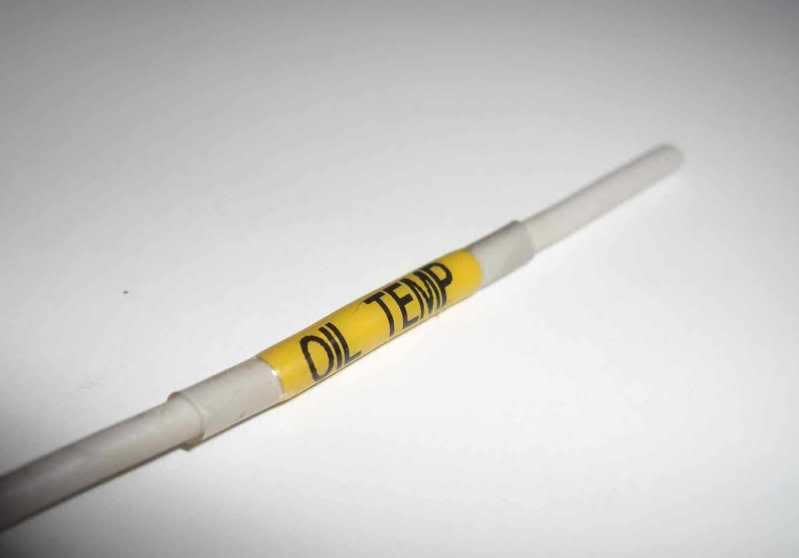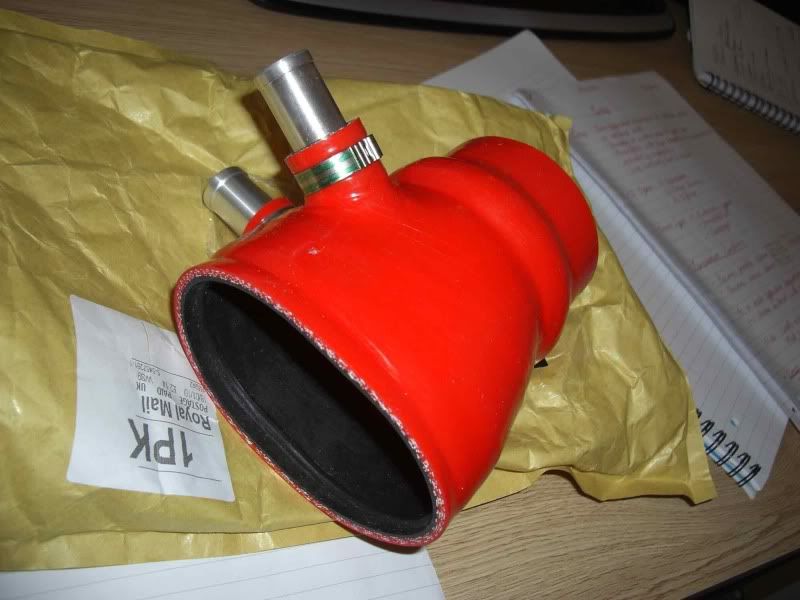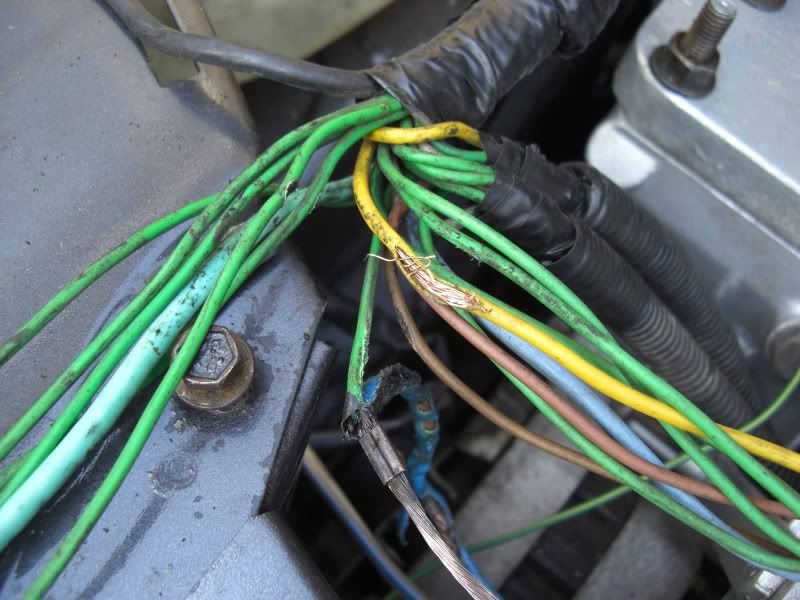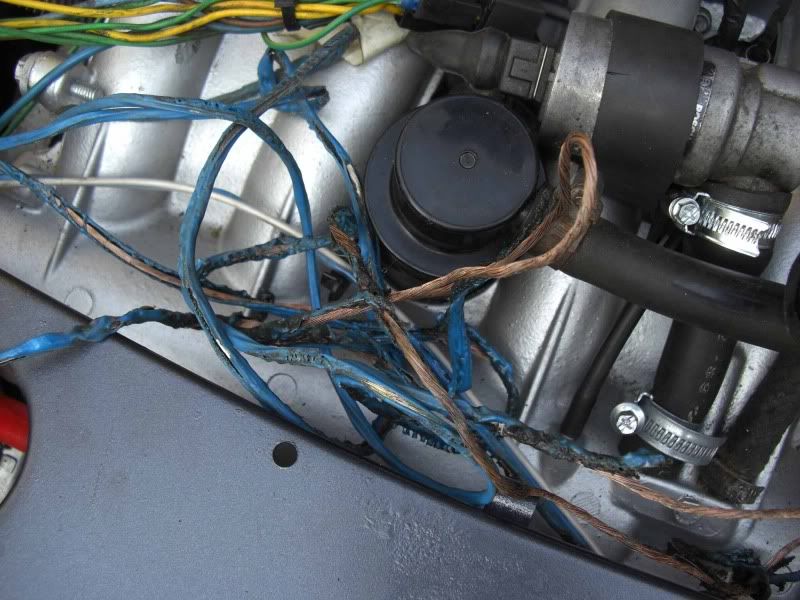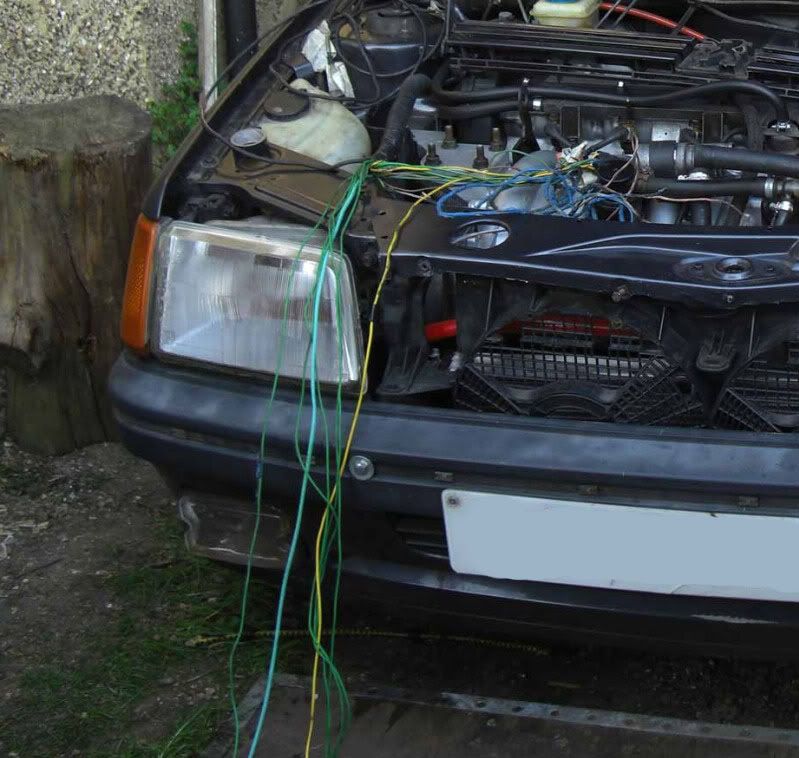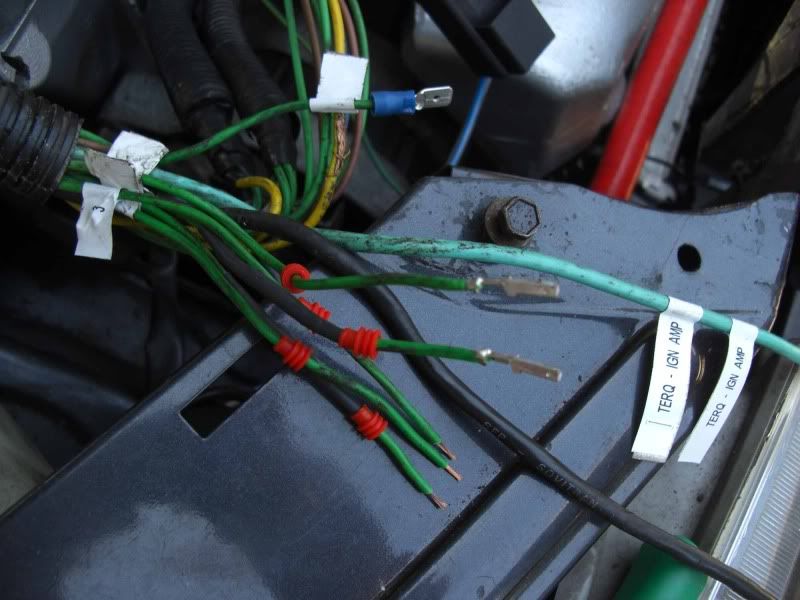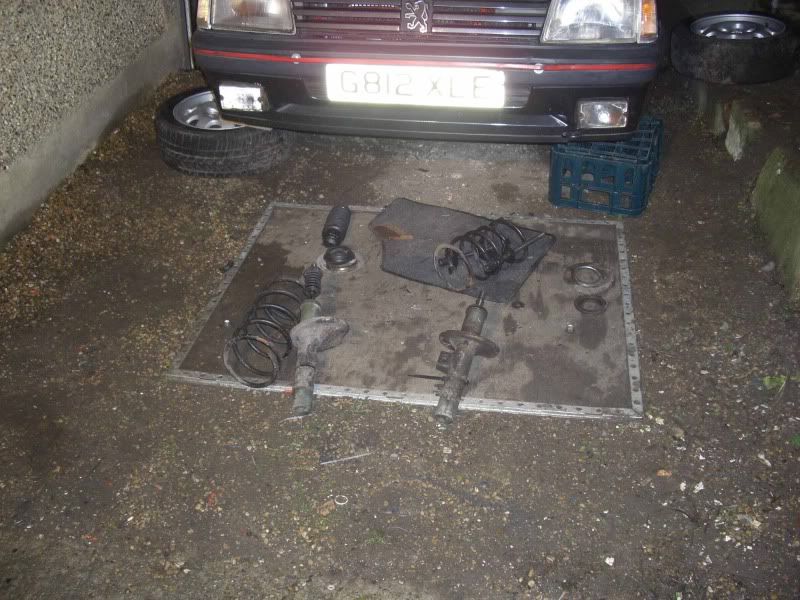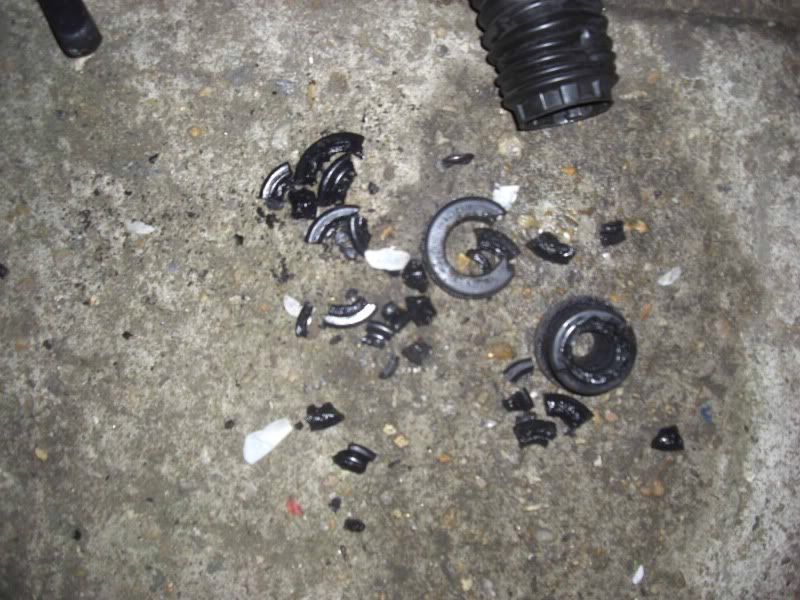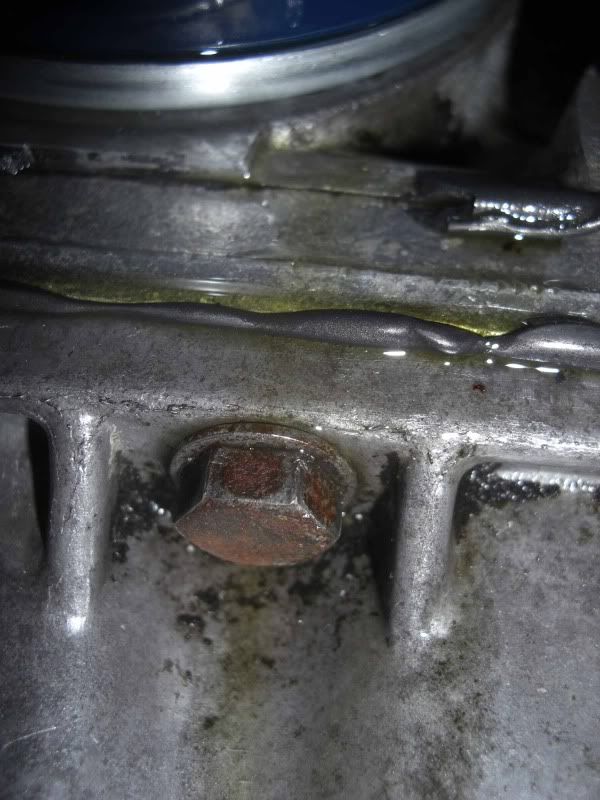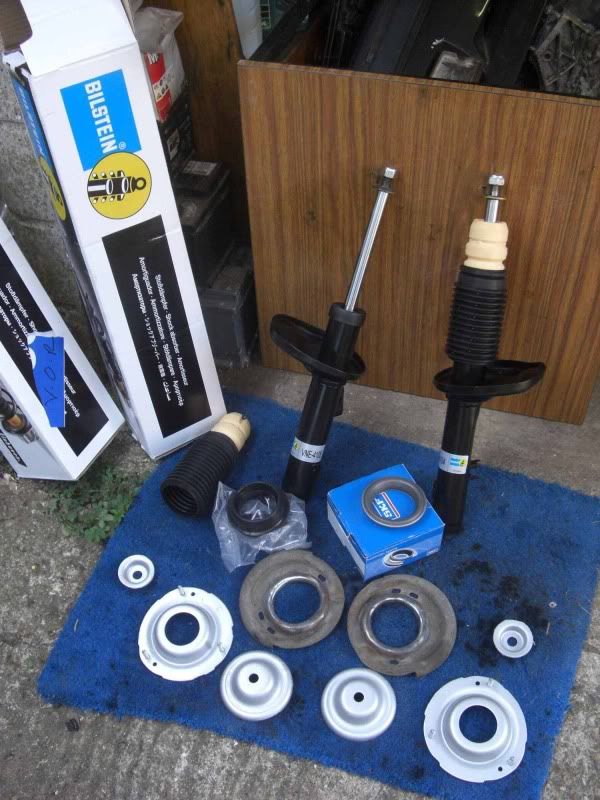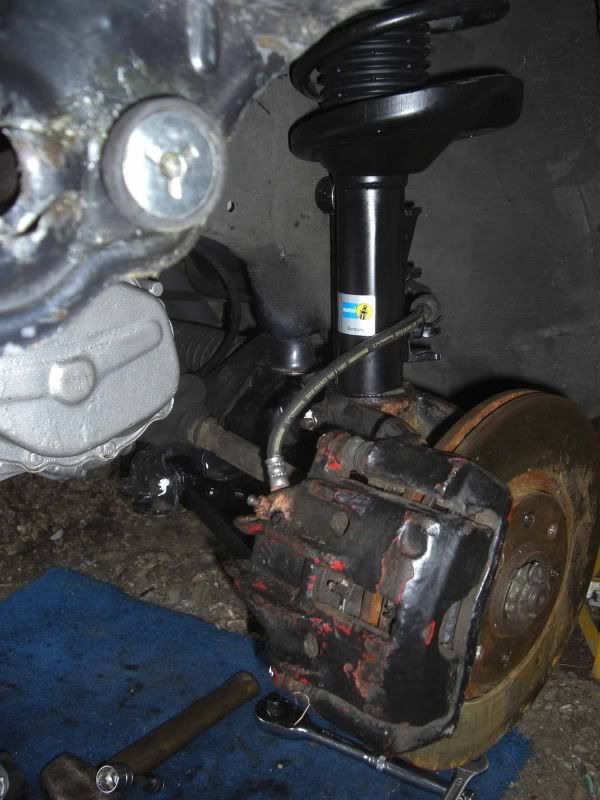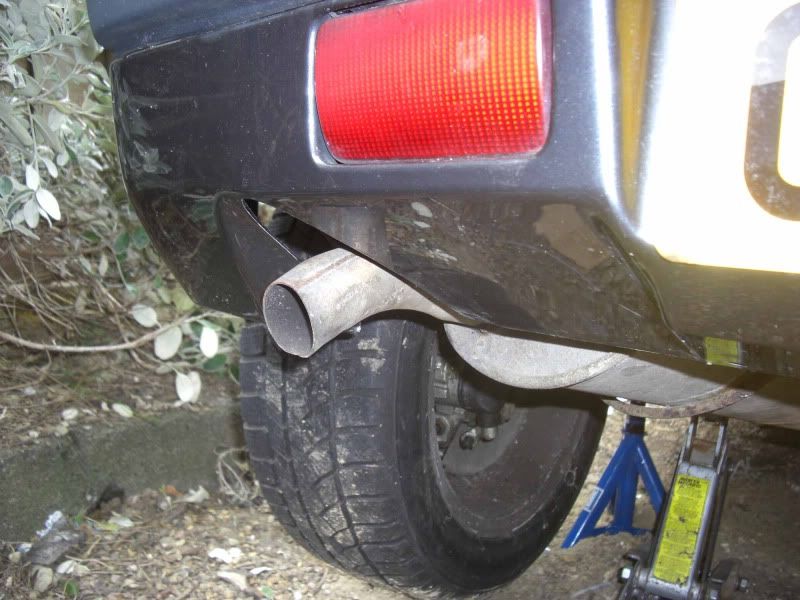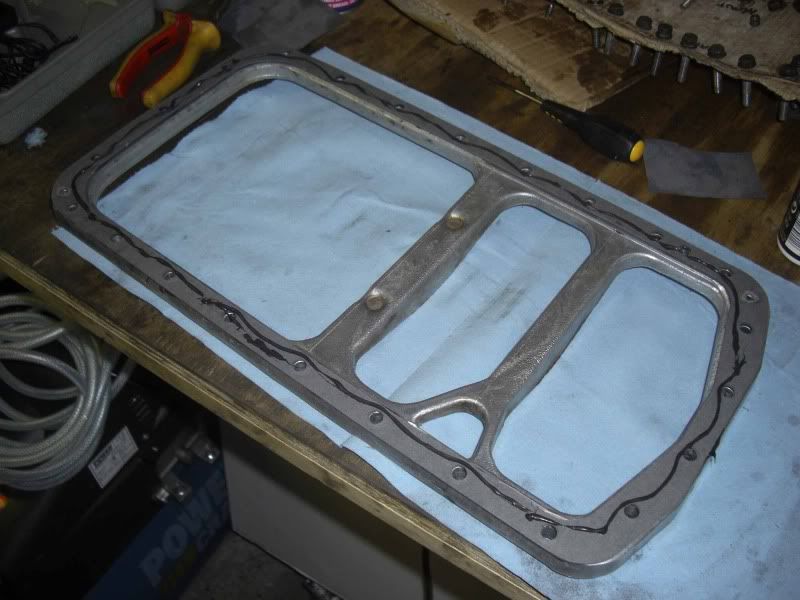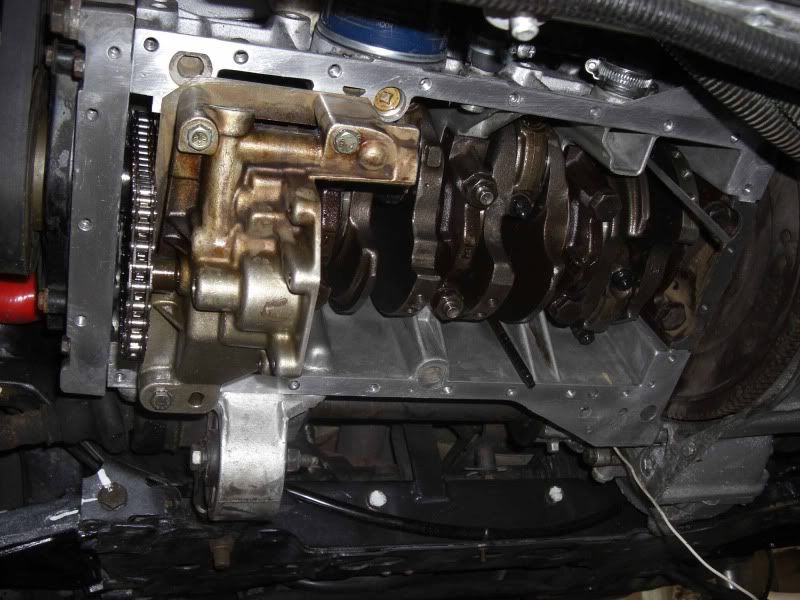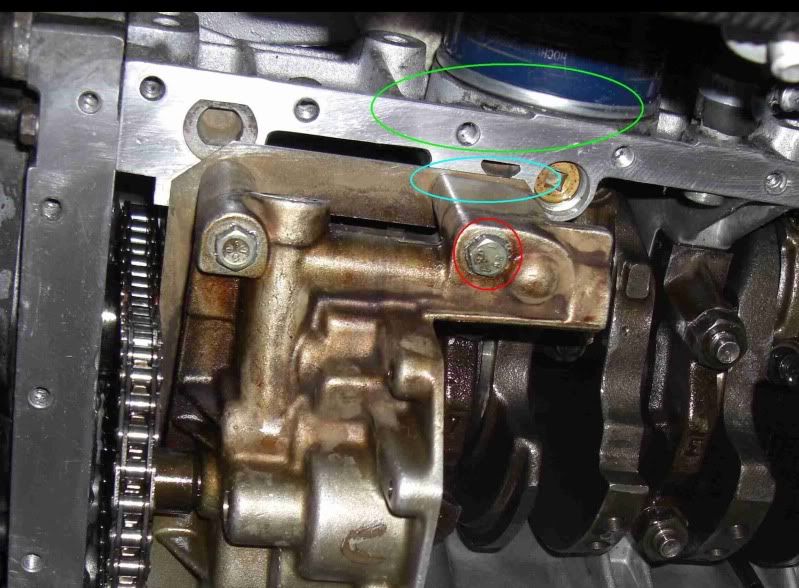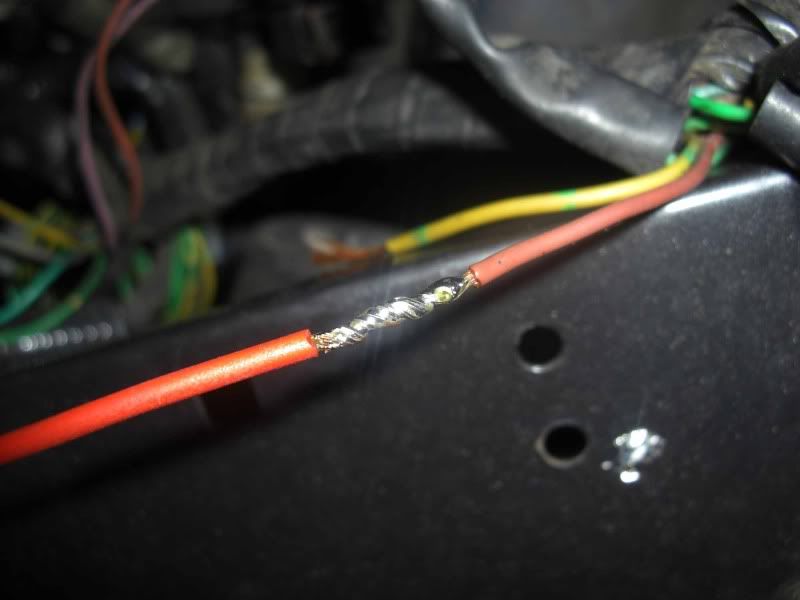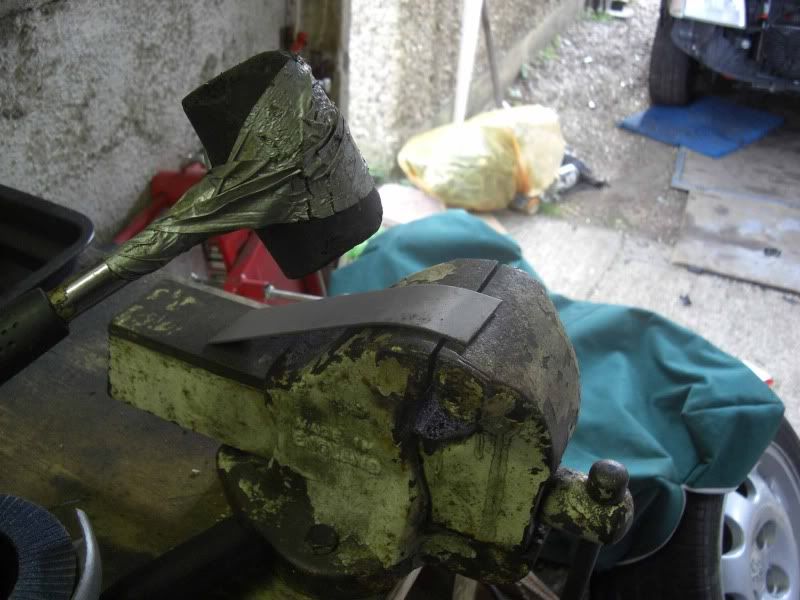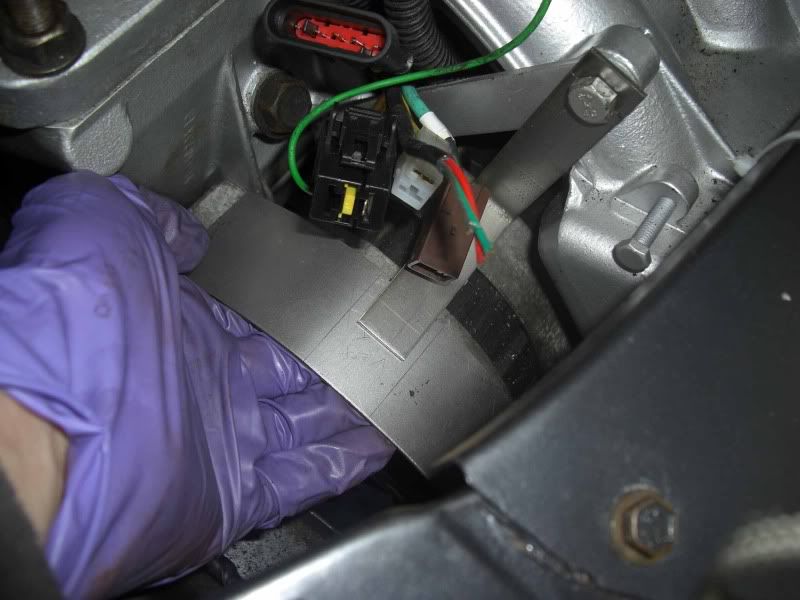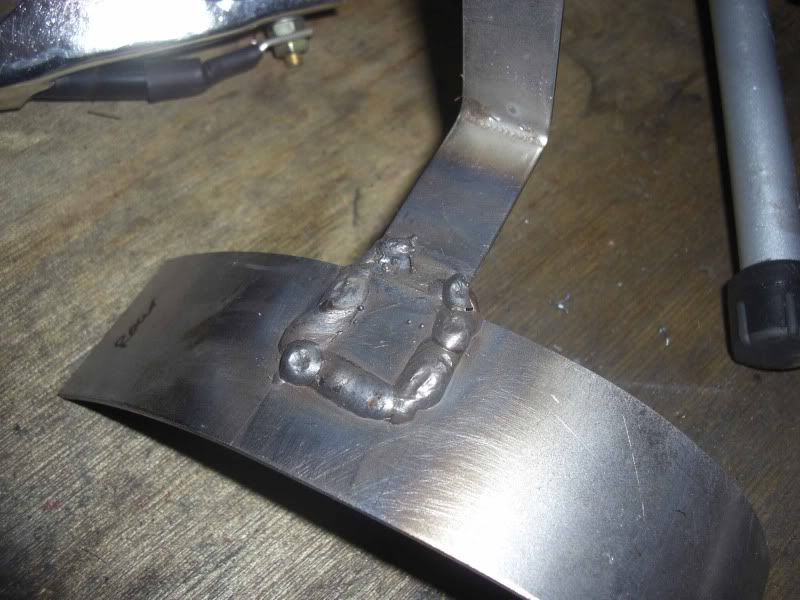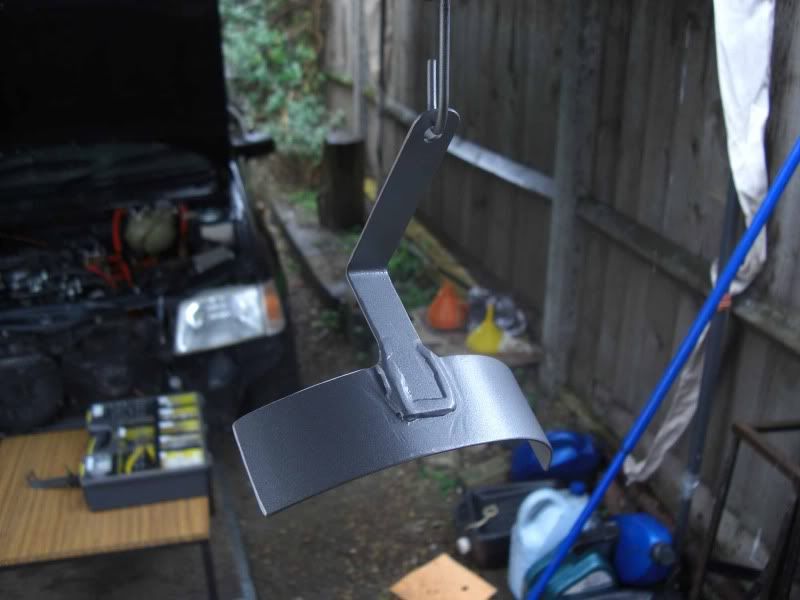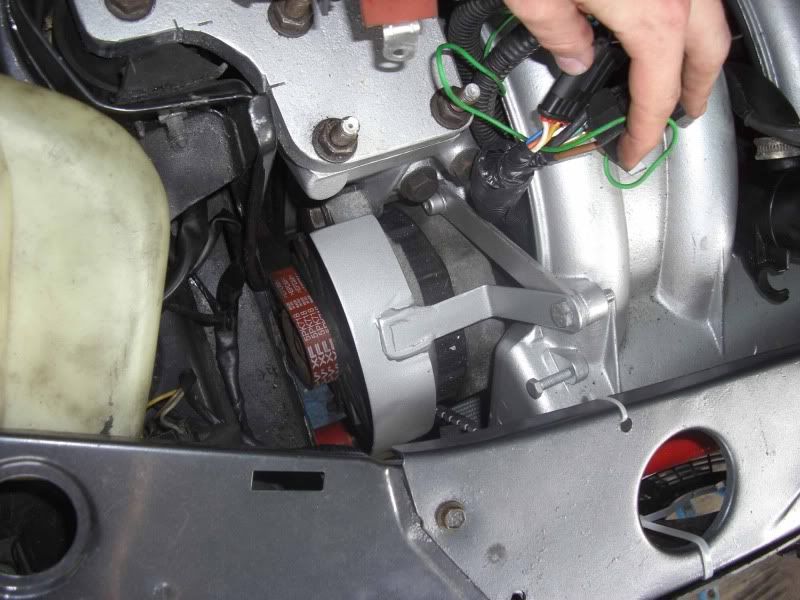Post #73
Hi all. It's been a very long time since I've posted in this thread as I decided to take a break from the project, between the pressure of finishing my Masters at Uni and being fed up with the oil leak it fell back in my interest. However uni is done and the good weather is (or was) here! Anyway - here goes!
Tuesday 24/5/2011
Today was dedicated to the 5th attempt at solving the prolific oil leak. The latest armoury of sealants and gasket removers is shown below.
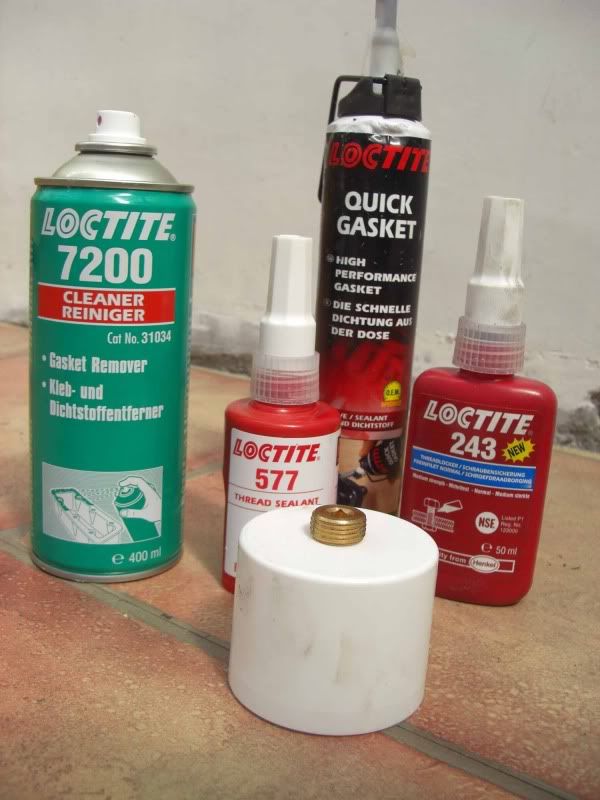
Based on the fact the leak was from the sump-block joint (below the oil filter) which is above the resting oil level line, it had to be pressurised oil forcing it through the joint. At first I thought it may be a poor seal between the oil pump outlet and block oilway connection, caused by using oil pump mounting bolts that were too long or simply a poor seal between the surfaces. This was eliminated by checking the bolt lengths against the thread depths and use of sealant, therefore it seemed it could only be a pressurised leak past the gold threaded oilway core plug positioned after the oil filter. It was changing and sealing this plug that was the task of the day. The sump was removed, followed by the spacer plate. Fortunately the plug can be removed without having to remove the oil pump unit, saving resealing of the oil pump outlet and block oilway joint.
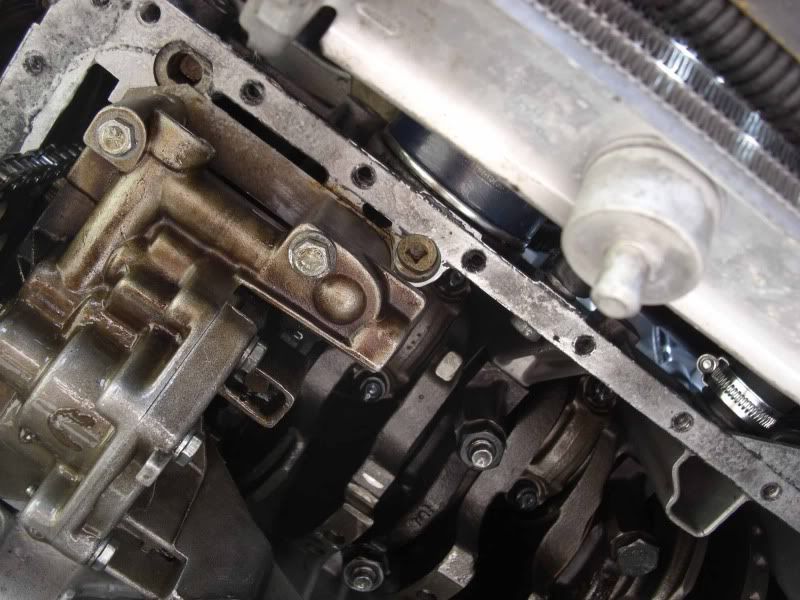
The plug is a 6mm square drive, which I did not have, due to the proximity of the pump to block oilway to the plug a ratchet would not be usable. Instead I took an old ‘L’ profile Allen key and ground the end of the short length into a 6x6mm square section. I also ground an old flywheel bolt thread into a square section to use to run the plug out with my fingers once it was loose.
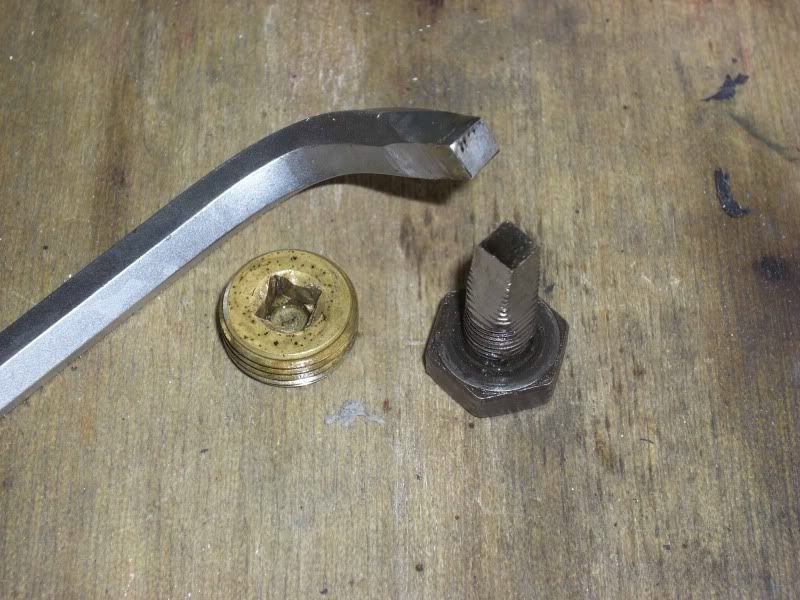
In the meantime I had coated the residual gasket on all the sealing surfaces with Loctite 7200, which dissolves silicon gasket over about 30mins, following this was a simple soft wire brushing and the surfaces were shiny as new.
After removing the plug I had a nagging doubt that a leak past the plug was unlikely, it was very tight, suggesting that nothing had changed since it was first fitted, when presumably it didn’t leak. Even so I then applied some Loctite 577 to the threads which is a dedicated thread sealing compound (its a kind of thick translucent yellow fluid). Before refitting it I made sure the threads in the block were totally clean of oil. When it was back in I refitted the spacer plate (taking off the oil pump to make positioning easier) and the sump. To be totally sure the seal was as good as possible (both the thread seal, which is specified to be at full effectiveness after 24hrs, and the silicon gasket) I left the sump dry for 24hrs.
Wednesday 25/5/2011
Today was mainly filled with odd jobs whilst I left the sealing compounds to cure. These were:
- Make a bracket to mount the power distribution box
- Sorting the fog light bulb
- Replacing the old corroded sidelight plug terminals with new Peugeot OEM ones
- Sealing (read wrapping in electrical tape) any exposed connectors
- Trimming the flywheel inspection cover I had to fit
The bracket was simply a U shape section of 2mm steel plate, with some holes drilled (no need for excess weight!), welded to the battery tray. Its slightly awkward to get to but was all the wiring would allow, either way it stops the power distribution block simply swinging around so does the job.
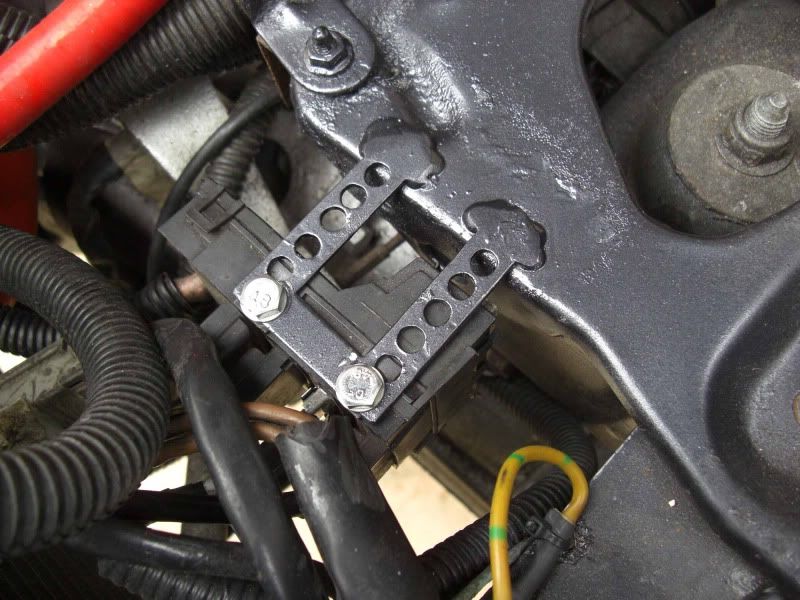
The fog light bulb has been a bit of a ridiculous problem, I have concluded someone has fitted a new bulb holder that takes bulbs with offset pins on the base (i.e. 120deg separation as opposed to 180deg). Ultimately this meant I haven't been able to find a bulb that fits, I’m sure it exists but I have better things to do than manual go through all the potential bulbs I can find. A much easier solution was to simply file down on of the pins on a normal fog light bulb, ‘380’ I believe, and fit that in. The fit is quite tight so the connection is more than secure.
I bought a flywheel cover supposedly for the 1.9 Mi16 but either it wasn’t or it was from one with a different sump. Consequently it didn’t fit so out came the grinder and file, I think I made a pretty good job of it as it goes!
 Thursday 26/5/11 – Results of the latest oil leak solution attempt
Thursday 26/5/11 – Results of the latest oil leak solution attempt
..................... It didn’t work. I was totally stumped, I was totally confident in my sealing of the sump and I could all but categorically say that the oil pump-to-block and oilway plugs were fully sealed.
After 5 minutes of quiet contemplation, I had no energy left to be wound up by this particular bane of my life, I got back under the car to have another look. The leak seemed to be exactly as before, coming from the spacer-to-block joint, just under the oil filter. But wait...... I couldn’t see any oil any higher up but I put my finger in the little crevice in the block wall to the left of the oil filter (towards the flywheel) and it came out covered in oil. Oil was pooling in this crevice and eventually spilling over and running down the front of the spacer and sump. The overspill of the silicon sealant from the spacer-to-block joint caused the oil to collect at that joint making it seem as if it was leaking from there. Due to the angle of the engine and lack of space and light there was no way of seeing the oil that had collected in the crevice.
This means the sump isn’t leaking – fantastic......sort of, what a waste of many hours of my life cleaning and resealing that sump! However where is the oil coming from? I cleaned out the crevice, and got rid of the dirt so I could see it slightly better and ran the engine again. After a about a minute I suddenly saw oil appear (using a mirror and torch), my heart sank is it really looked like it had appeared from a tiny (invisible) crack in the crevice. Cue some research into the possibility of TIG welding a repair or use of epoxy. I kept getting told no-one would do it in situ due to lack of access. Now you will all know that after the bumper, fan cowling and radiator are removed the front of the block/oil filter is clear for all to see. To prove this, and investigate further, even get a photo to send to people, I went ahead and removed these parts. After this I could see a very faint trail of oil leading up from the crevice, then a pool of oil in a crevice further up the block. Obviously this suggested there was no crack. Looking above the upper crevice full of oil there was a section of loom that was wet just above the crevice and dry either side, above this there is the aftermarket oil pressure switch attached to a T-piece extension. It was clear the leak was coming from here. After sealing the threads with the Loctite 577 I ran the engine again and it seems the leak is finally fixed.
To say I am pleased is a huge understatement, I’ve been chasing this leak for ages and its really held up the project, thankfully I can now move on with it!





 miles
miles
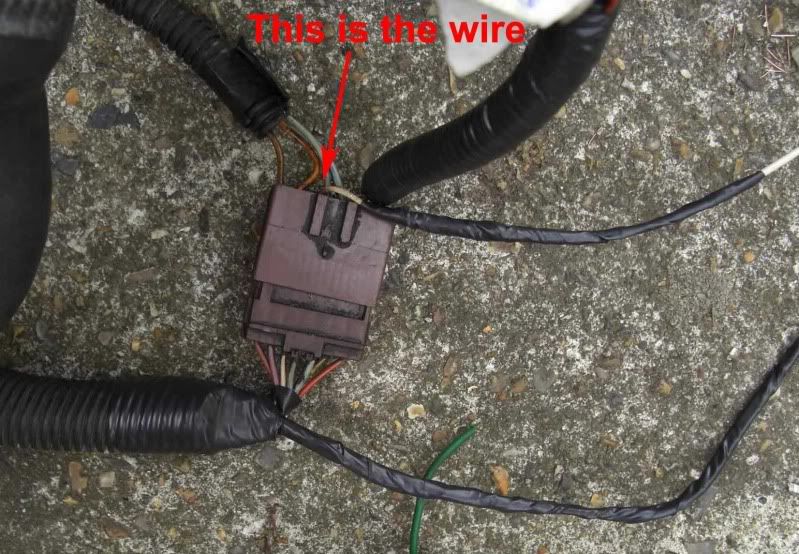
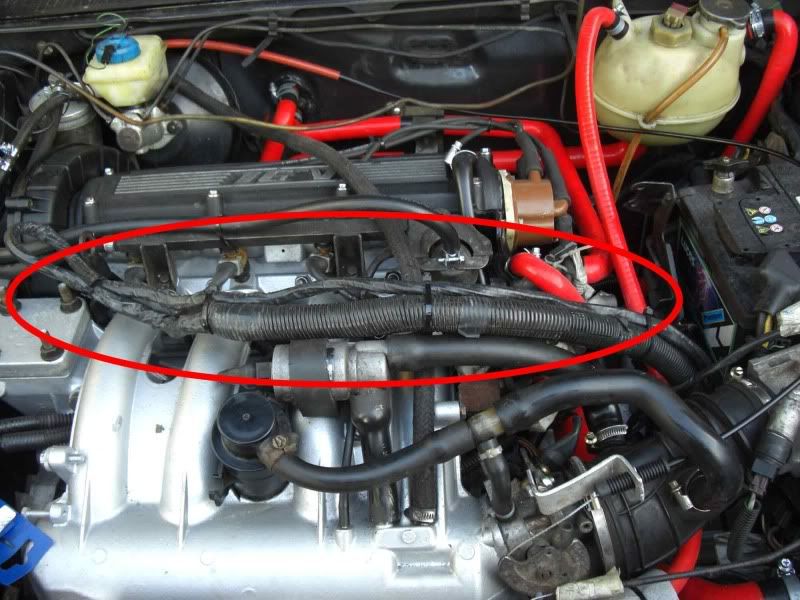
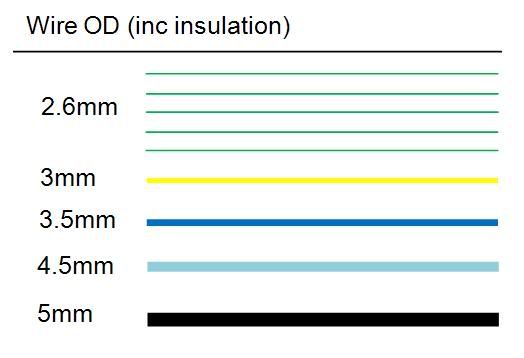

 .................. The almost finished product is below, I took advice from a friend and used a dymo label printer and clear heat shrink to label the wire.
.................. The almost finished product is below, I took advice from a friend and used a dymo label printer and clear heat shrink to label the wire.